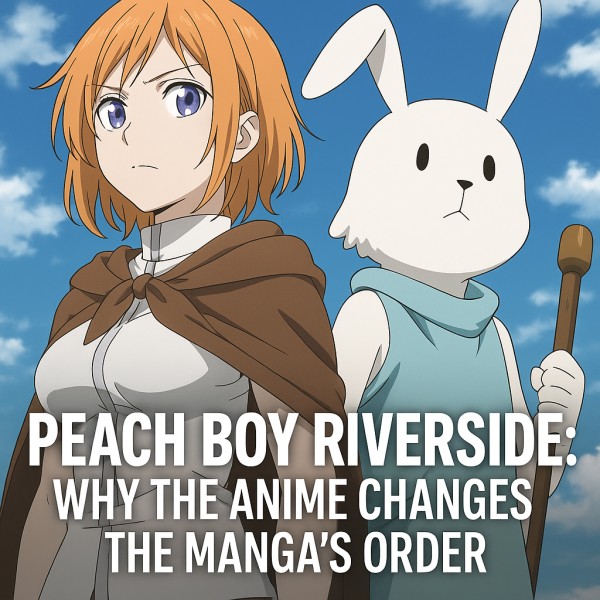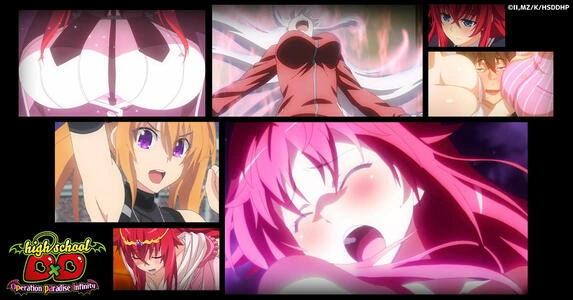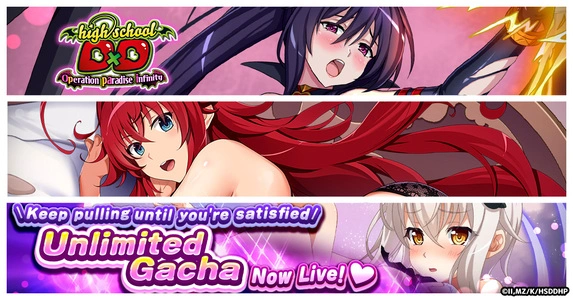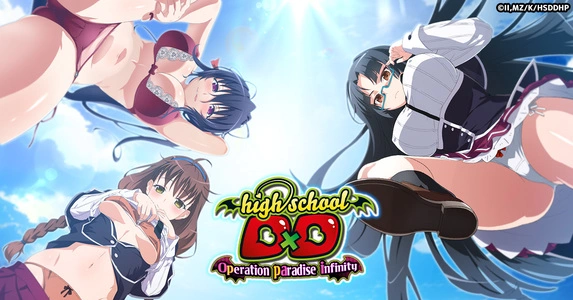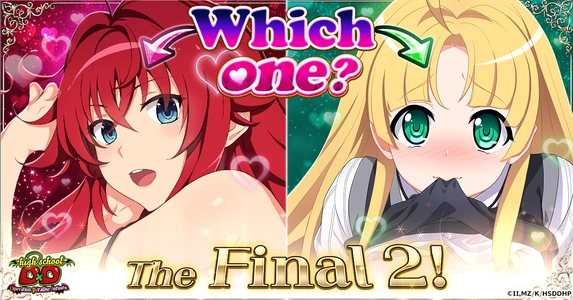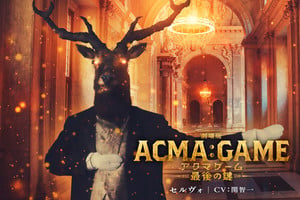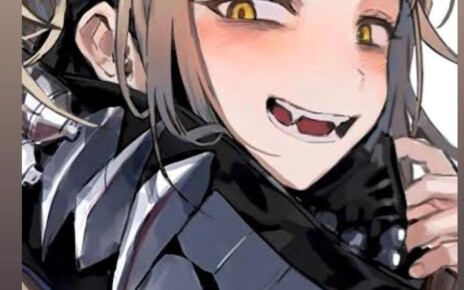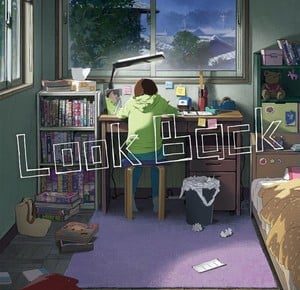Peach Boy Riverside is an anime that has caught the attention of many fans since its release. It’s based on a manga series written by Cool-kyou Shinja and illustrated by Yohane. The story follows a brave princess, Sally, who sets out on a journey to defeat monsters known as “Oni.” But the anime adaptation of Peach Boy Riverside made some noticeable changes to the original manga, especially in the order of events. In this article, we’ll take a look at why the anime made these changes and what it means for the viewers.
In the manga, the story unfolds in a straightforward, linear way. We start by learning about the main character, Princess Sally, and her peaceful life in a kingdom. Her journey to battle the Oni and uncover the mysteries behind her powers is told step-by-step. The manga gives us a lot of background information and focuses on character development, making sure the reader understands the world and the motivations of the characters.
Table of Contents
The Anime’s Different Approach
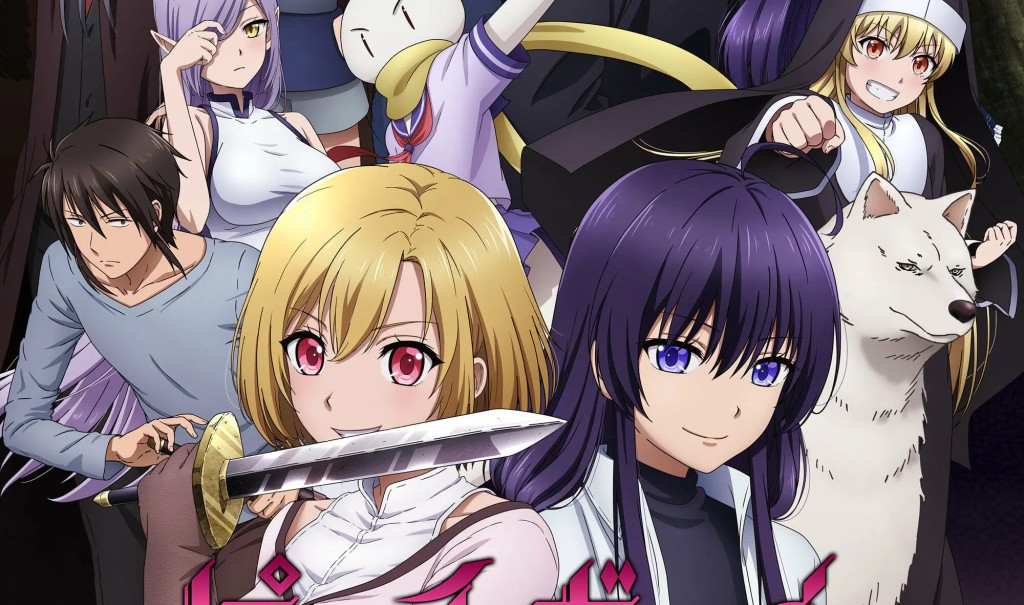
When it came to adapting the manga into an anime, the creators took a different approach. One of the biggest changes was in the way the story is ordered. Instead of following the manga’s linear timeline, the anime starts with action-packed scenes and then jumps back and forth in time. This non-linear storytelling style was meant to grab the audience’s attention quickly and keep them hooked.
The anime introduces us to various characters, many of whom weren’t introduced at the same point in the manga. For example, characters like Mikoto and the Oni are shown in different situations compared to the manga. This change helps build a sense of mystery and excitement but can also make the storyline a bit confusing for those who are familiar with the manga.
The Reason Behind the Change
So, why did the anime make these changes? There are a few reasons.
Pacing and Engagement: The creators likely wanted to keep the anime engaging and fast-paced. Starting with action scenes and showing different parts of the story helps keep the audience interested. The manga, with its slower, more detailed buildup, works great for a reading experience but might not hold the attention of viewers in an anime format. By changing the order of events, the anime adapts to the faster pacing expected in anime.
Character Development: Another reason for the changes is character development. The anime lets us see multiple characters’ perspectives right from the start. This method allows the viewers to get familiar with everyone faster. The manga takes its time to introduce characters, so the anime might have altered the order to create a more dynamic and lively experience for the audience.
Creating Suspense: The anime’s jumping timeline also creates suspense and intrigue. By presenting events out of order, it leaves viewers with questions they want answered, making them more eager to watch the next episode. This technique of non-linear storytelling builds curiosity and keeps viewers coming back for more.
The Impact of These Changes
For fans of the manga, the anime’s changes might feel a bit jarring at first. If you’re used to the manga’s straightforward flow, the anime’s mixed-up timeline can be confusing. However, it’s important to remember that adaptations often have to make adjustments to suit the medium. The anime aims to provide an exciting experience that grabs the viewer’s attention, even if it means altering the order of events.
On the other hand, the changes allow new viewers, who may not have read the manga, to enjoy the story without getting too bogged down in exposition. The shifts in timeline also give the anime a unique feeling that sets it apart from the manga, offering something fresh even for those already familiar with the source material.
FAQs
Q1: Why did the Peach Boy Riverside anime change the order of events from the manga?
A1: The anime changed the order of events to create a faster-paced, more engaging experience for viewers. By jumping between different storylines, the anime grabs the audience’s attention and keeps them hooked.
Q2: Does the anime follow the manga’s plot exactly?
A2: No, the anime adapts the plot of the manga but takes some creative liberties, including changing the sequence of events and character introductions. This is a common technique used in anime adaptations.
Q3: Will I enjoy the anime if I’ve already read the manga?
A3: The anime offers a fresh perspective by presenting the story in a non-linear format. While the changes in timeline may be confusing for some manga readers, it can still be an exciting experience with new developments.
Q4: Is the anime’s approach to storytelling better than the manga?
A4: It depends on personal preference. The manga offers a more traditional, linear narrative with deeper character development, while the anime’s non-linear storytelling adds excitement and suspense. Both formats have their own strengths.
Q5: Does the anime explain everything from the manga?
A5: The anime does cover the main points of the manga, but due to the altered timeline and pacing, some aspects might be explained differently or in a less detailed manner. Fans of the manga may find some story elements to be less fleshed out.
Final Thoughts
In the end, Peach Boy Riverside’s decision to change the order of events in the anime is a choice made for pacing, engagement, and suspense. While it might be confusing for some fans of the manga, it’s a strategy that works to maintain excitement and keeps the audience interested. Whether you’re a manga fan or a newcomer to the series, these changes help to create a more thrilling and dynamic anime experience.
Follow us on our YouTube Channel for more exciting updates!
